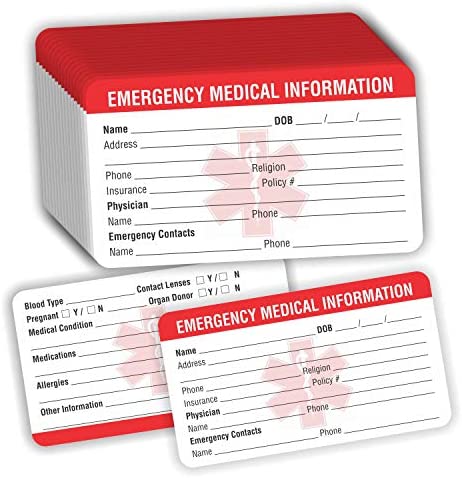
New York offers many choices for health insurance. But it's important that you select the right plan to meet your needs. If your monthly premiums are low, and you don’t mind paying higher annualdeductibles, you might consider Catastrophic plans. These plans will cover 90% for the cost of your medical care.
Catastrophic plans
Catastrophic plans in health insurance are not recommended for individuals with high medical expenses. These plans have lower premiums, but higher out of pocket costs. A catastrophic plan is available to those who are younger than thirty and qualify for hardship exemptions. These plans won't allow you to get premium tax credits. Look for plans that are in a higher-tier metal tier. This will ensure that you get better value for your money.
Monthly premiums for Catastrophic Plans are the lowest
You might consider a catastrophic policy if your goal is to have the lowest monthly health insurance premiums in New York. After you reach your deductible, these plans cover 100% of your covered medical expenses. This type of plan is ideal for those who only have a few medical expenses each year or who can't afford the higher-cost plans.

Catastrophic plans have the highest annual deductibles
Catastrophic insurance plans have very low monthly premiums and high annual-deductibles. For people who are looking to cover the worst possible scenario, they may be the best and most affordable option for health insurance. However, they do not offer premium tax credits, so you may find a better value in a Bronze plan.
Catastrophic plans pay 90% of the cost of care
A catastrophic medical insurance plan is ideal for people with low incomes or low-cost monthly premiums. It covers an inordinate amount of medical expenses but provides a great deal of coverage for emergency medical care. The best Catastrophic Plans are for those under 25 and those who can qualify for the hardship exemption.
Platinum plans pay 90% of the cost of care
If you have a lot of annual health expenses, a platinum plan might be right for you. You'll have a $500 deductible to pay before the plan kicks in and then you'll pay just $20 per office visit. This means that your total out-of-pocket costs may be several thousand dollars. Although this is quite a sum, you are only paying 10% of what it costs to provide care. Here are some factors to consider when purchasing a premium plan.
Silver plans pay 80% off the care cost
Silver plans cover 80% on covered services. These plans can be offered by state-based marketplaces and individual health insurance companies. These plans must meet specific requirements in order to qualify for the individual market. These requirements include meeting the actuarial value of the plan. The standard silver plan has a maximum deductible of $7.150, a 30% coinsurance following the deductible, as well as a copayment $70 for doctor visits. This plan is available to people with incomes under 250% of the federal poverty level.

Bronze plans pay 80% off the cost of care
The most affordable option, the Bronze plan pays 80% of the cost for a person's healthcare. They are available throughout the country and can vary depending upon where you live. Some plans provide expanded benefits while others offer no such benefit. People enrolling in these plans are choosing them for the cost-effectiveness and overall coverage. Most bronze plans will make it clear whether certain services are covered under a copay before the maximum deductible.